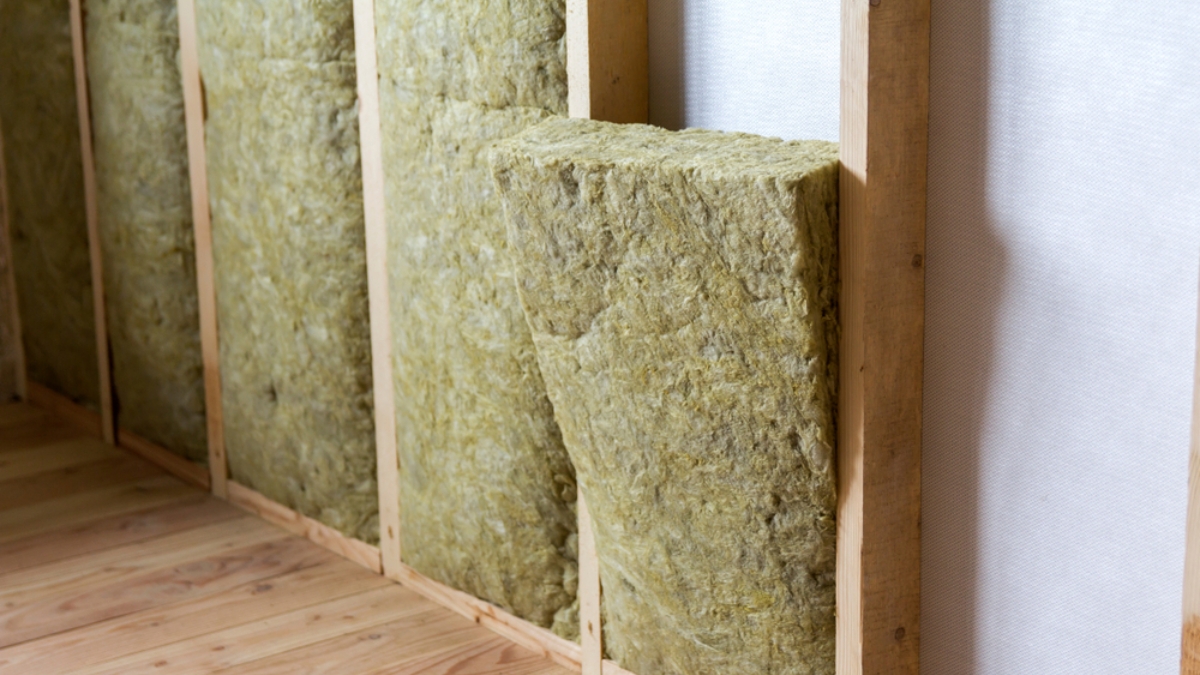
Insulation is undoubtedly necessary in today’s home. Besides, it comes with a number of advantages. Did you know that some types of insulation do more than merely insulate?
Well, Acoustic insulation for homes is a specially developed insulation that has both insulating and soundproofing capabilities. In a nutshell, these features make it a very useful and adaptable product that offers even more benefits than normal insulation.
Table of Contents
The Fundamentals
While acoustic house insulation batts may appear to be comparable to ordinary thermal insulation batts, they are not the same. While insulation’s primary purpose is to keep your home warm in the winter and cool in the summer, acoustic insulation accomplishes this, besides providing additional layers of soundproofing to your walls.
Standard insulation batts offer some soundproofing benefits, but they fail kin performance when compared to acoustic batts. The density is the major distinction between acoustic and thermal batts.
Acoustic Home Insulation Advantages
The most obvious advantage of acoustic insulation is that it blocks noises from traffic outside your home. Whether you are watching a loud movie and don’t want to wake up your neighbours, or you just want to hear as little as possible from the outside world, hush acoustic insulation is your best option!
This is especially useful if you live in a busy neighbourhood, or a lively area like in a city or close to a main road.
The density of the batts will reduce the quantity of sound that travels between them because sound travels through open areas. However, It is worth noting that acoustic batts will not be totally soundproof your home, but they will minimise the amount of sound that gets through.
Another thing to consider is that this will significantly increase the value of your home if you ever decide to sell it. Or, if you are trying to outfit a rental property, acoustic insulation can help there as well. All in all, here, acoustic insulation turns out to be a highly profitable investment.
Finally, acoustic insulation increases seclusion. It is advantageous if you live in a large family home with multiple residents. You also don’t have to put it up all around your house. You may place it wherever you wish!
Installation
Vibrations in the air that pass through things and produce audible sound, are retained, absorbed, transferred, or redirected by acoustic insulation. Noise, or unpleasant sound, has a frequency distribution and is measured in decibels.
Here, Soundproofing between rooms is achieved by installing acoustic home insulation in walls. It is quite straightforward to install and follows the same steps as a regular thermal insulation batt. Just make sure that all the gaps are filled and there are no fissures left. While it can be retrofitted, it is significantly easier to install during the building process.
Acoustic batts are not usually installed in ceilings because the only time you would need them is if you had a low-pitched metal ceiling that makes rain sound much louder than it should. Because ceilings tend to hold the most heat, and because the heat rises, thermal batts are recommended for installation.
It is not necessary to install acoustic batts on your floor unless you live in a multi-story home. However, if you have an underground theatre or room, you should seriously consider it.
The same is true for multi-story residences. This is because, as noise from the people above can travel below, it can be distracting when you are attempting to concentrate.
Materials For Acoustic Insulation
When it comes to insulation, there are a few different acoustic products to choose from. However, they are all made of two major materials: glass wool and polyester. Again, both have their own set of advantages.
R-values
Acoustic batts, like thermal insulation, are rated using the R-value method. Acoustic insulation, on the other hand, has lower total R-values than dedicated thermal insulation. This is something to consider while shopping for acoustic insulation. Though they will meet the bare minimum for your area, you may not be able to go as high as you could with other insulation solutions.
With this, we come to the end of this guide. We hope you now know the fundamentals that will help you acquire the acoustic insulation you require.